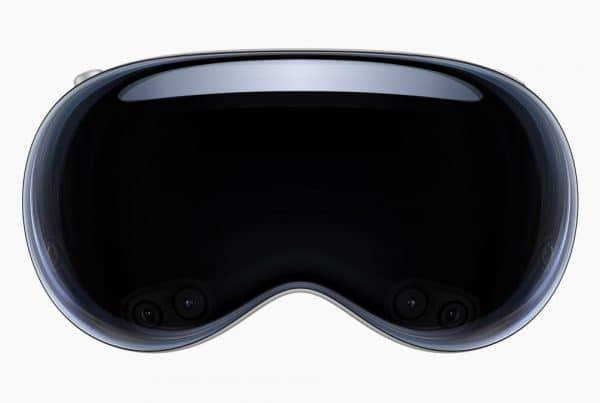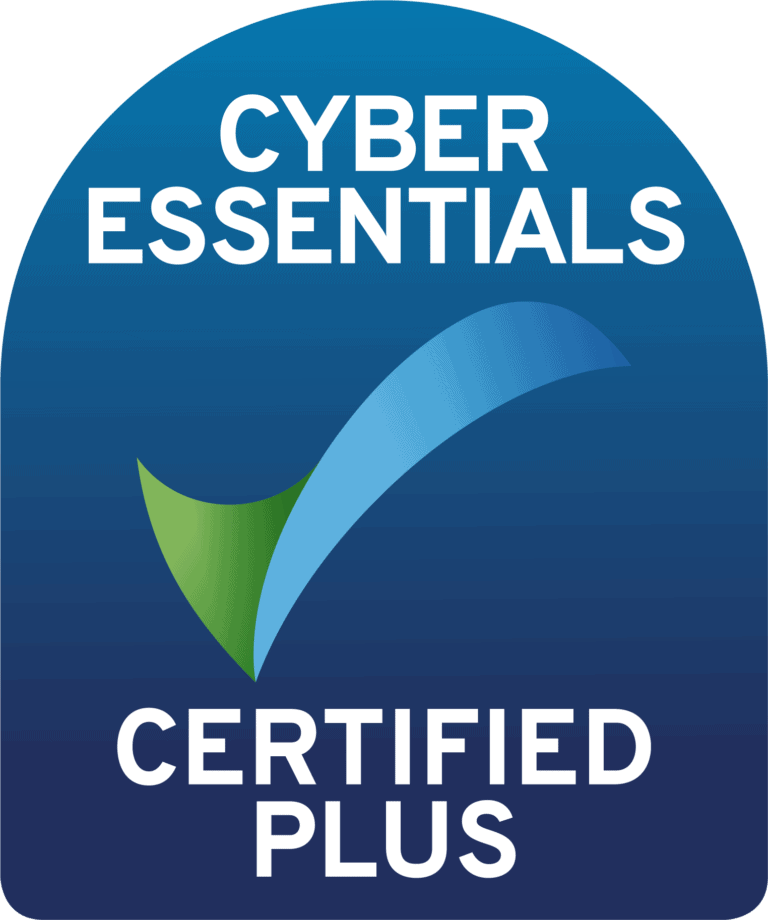IoT is transforming the healthcare sector. By connecting medical devices and sensors, IoT enables patients to receive more personalised care and live more independently. It’s also improving the effectiveness of clinical trials and ensuring cold chain integrity.
Connecting devices in Healthcare
Using IoT-powered mHealth solutions, medical staff can remotely monitor, consult with and even treat patients, avoiding the need for the sick and infirm to travel to a hospital or clinic.
This not only results in better care through more accurate data collection, but also lower costs and better utilisation of limited clinical resources — vital in a world with an ageing population and more chronic conditions to manage.
Independent living
IoT is helping vulnerable people live more independently in their own homes for longer, without the need for round-the-clock care. IoT-enabled wearables and sensors allow families and carers to keep an eye on their relatives, for instance locating them should they get lost, or raising the alarm if a person suffers a fall. Connected medicine cabinets can even remind patients to take medication.
Connected devices are also helping tackle the isolation and the loneliness that immobile patients can suffer. Norwegian company No Isolation is addressing this issue with the AV1 robot equipped with a camera, microphone and speaker — enabling children with long-term illnesses to stay connected to their friends and classmates.
Clinical trials
IoT-enabled applications are already aiding in the research and development of new drugs and treatments, allowing clinicians to remotely collect and continuously monitor trial data, enabling deeper insight and faster reallocation of resources.
Supply chain
Tracking devices and sensors in containers can naturally help prevent loss and theft. But just as importantly, they enable organisations to prove the authenticity of shipments. This tackles counterfeiting and make it easy to verify the condition of the delicate stock. For example, it’s possible to show that the correct temperature has been maintained throughout the cold chain. This provides evidence of compliance with industry regulations.









